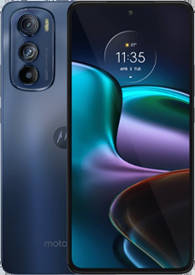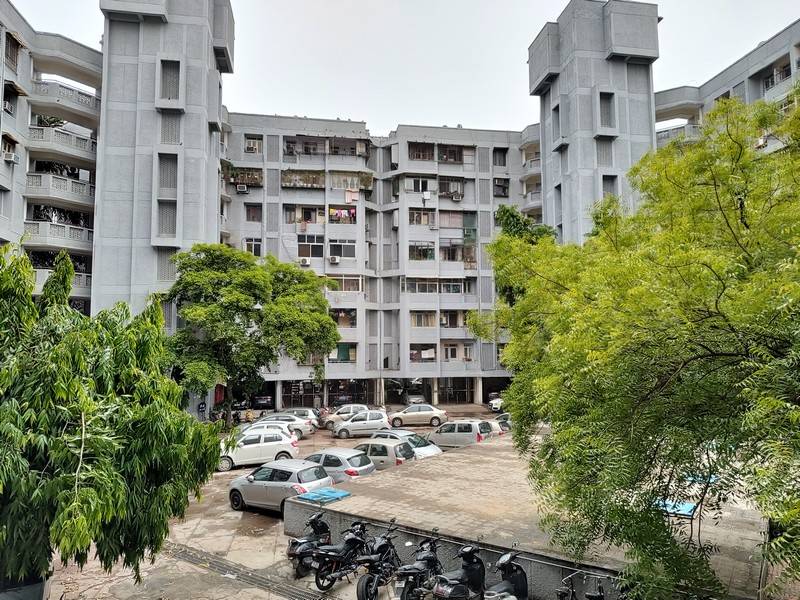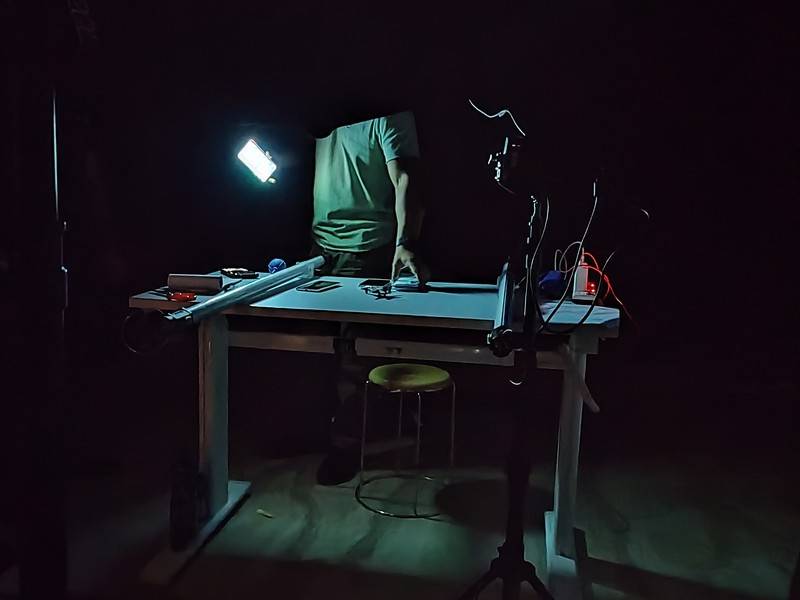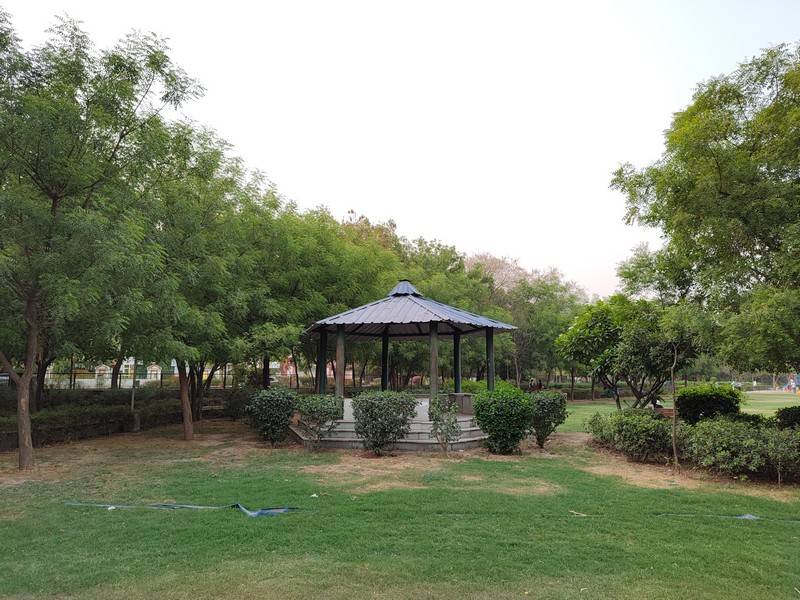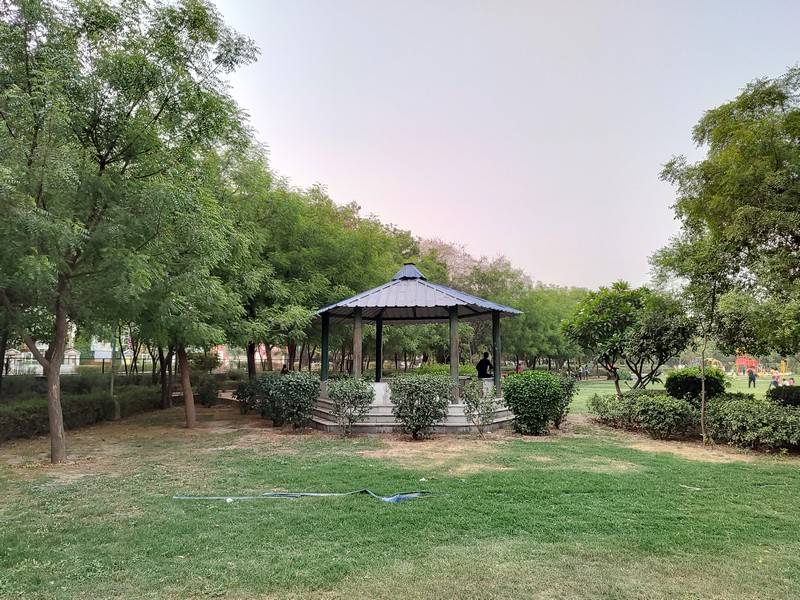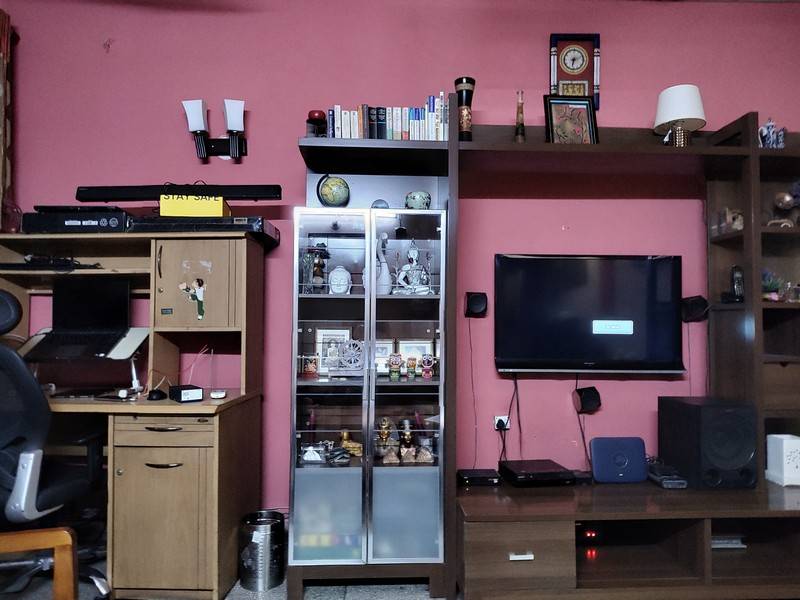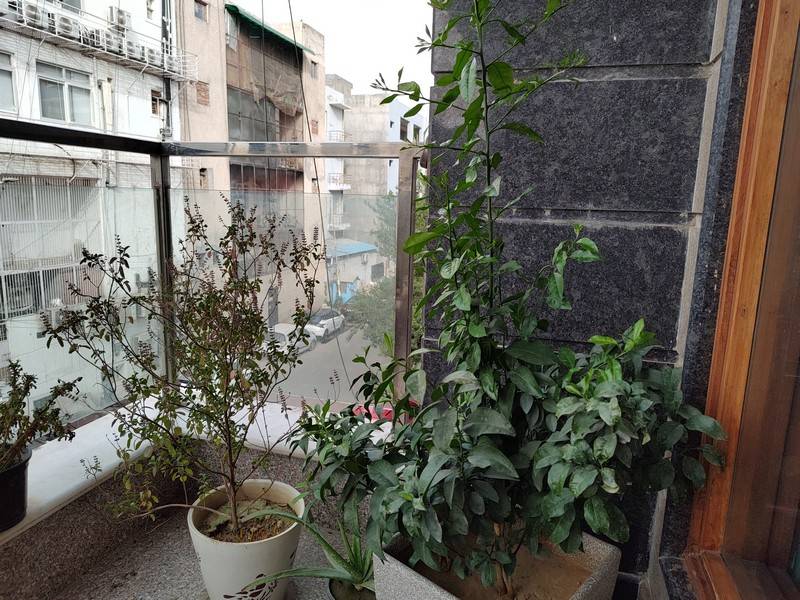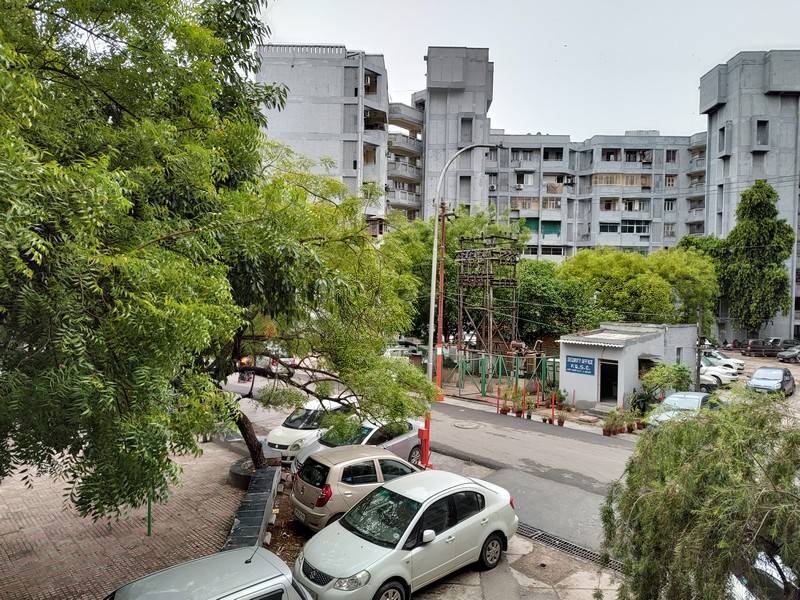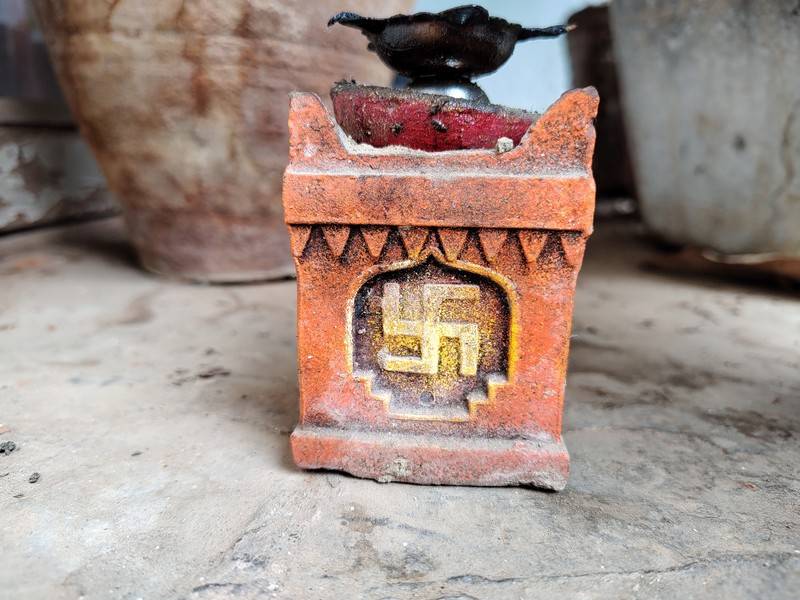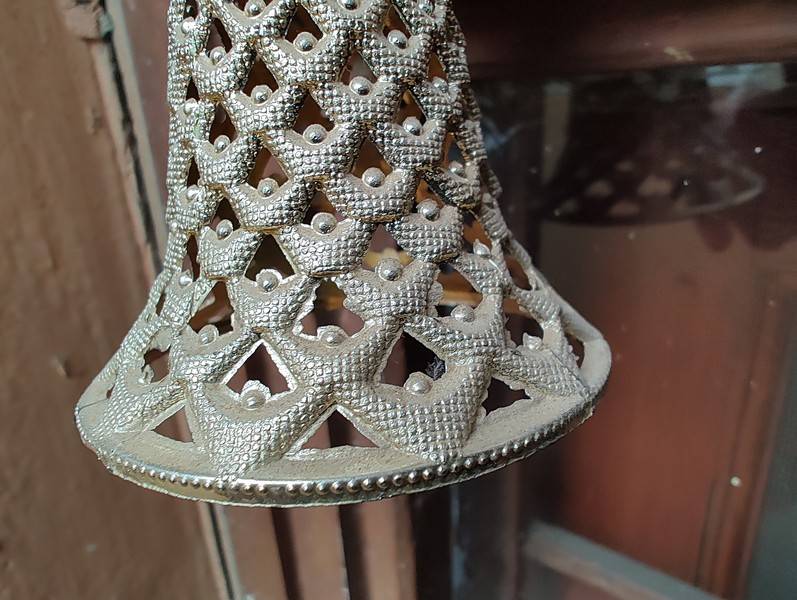Review Summary
Expert Rating
The Motorola brand has been delivering compelling smartphones in recent times. Its flagship Edge series saw a couple of strong offerings in the mid-range and affordable flagship segments last year. This time around, with the Moto Edge 30 series, the Lenovo-owned smartphone giant is keeping the same formula, ie. offering great specs along with clean software. I have with me the Motorola Edge 30, which among other things, is the thinnest smartphone with 5G capabilities. It’s also the first device to come with the Qualcomm Snapdragon 778G+ SoC. I have done a full benchmark and performance comparison of the device with the iQOO Z6 Pro’s (review) that comes powered with the regular Snapdragon 778G. The Motorola Edge 30 is priced at Rs 25,999, and it’s time to go into greater detail about the phone’s capabilities in this full review.
Table of Contents
Verdict
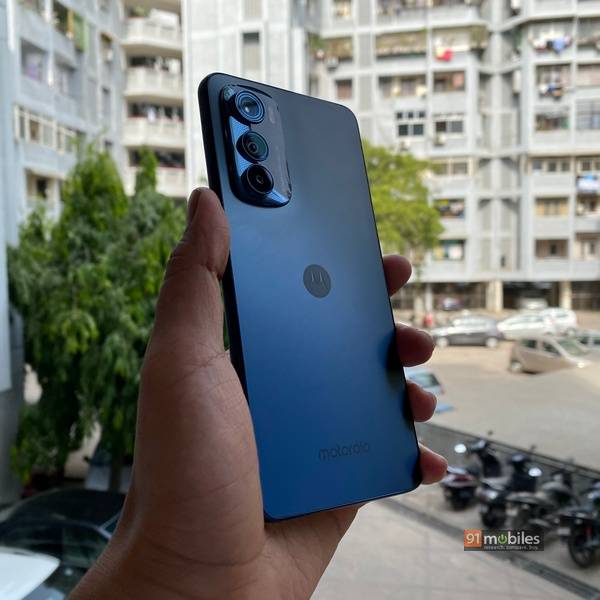
The Motorola Edge 30’s greatest strengths lie in its immaculate design, in-hand feel, a capable set of cameras, and a clean software experience. It is also the first phone in its segment to offer a 144Hz display while harbouring an OLED panel. However, some performance throttling is evident when the phone is subjected to heavy workloads, and the battery life could be better.
The lowdown
- Motorola really does seem to outdo itself year-on-year with its design choices and the Edge 30 is a testament to the fact. At just 6.79mm in thickness and weighing 155g, the device is the thinnest and lightest phone I have used in a very long time. There are some disadvantages to this, but I will talk about them later in the review. For now, I have to say that the matte-black polycarbonate back gleams impressively in the sunlight and feels supremely premium in the hand. Even Motorola’s branding is flush with the chassis and matches exquisitely with the device’s colour scheme.
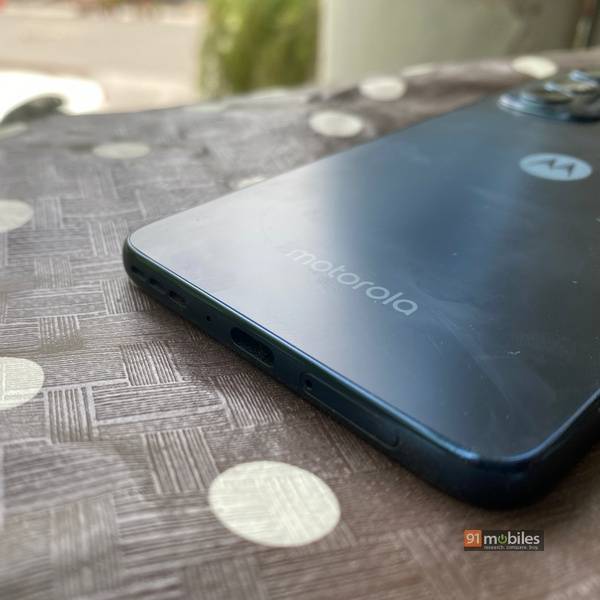
- I’m not the biggest fan of the Edge 30’s boxy look but the minimal weight doesn’t let the edges cut into my palm. The rest of the device is standard in terms of buttons and port placement, with a USB C port on the bottom alongside a speaker grille that pairs with the earphone up top for stereo sound. The buttons are all placed on the right and are quite tactile in nature with a swift response. Overall I am more than impressed with how Motorola has packaged the device on the outside.
- On the front, Motorola has used a pOLED panel that measures 6.55-inch in size and has FHD+ resolution. The screen refreshes at 144Hz which is the highest I have seen on a mid-range smartphone after the Realme 9 SE. Consequently, the browsing and navigation experience on the Edge 30 and in apps that support high refresh rate, is fluid and buttery smooth. In terms of viewing content, the 10-bit panel is highly colour accurate with supremely good contrast ratios and can get quite bright too.
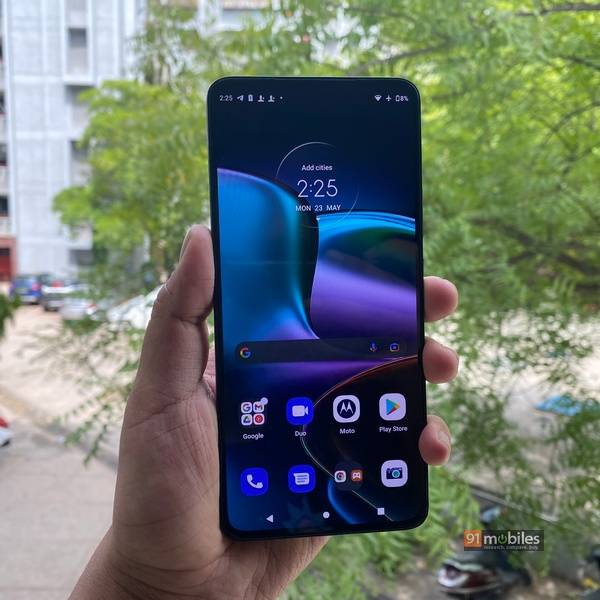
- While the display is HDR10+ compliant, OTT platforms like Netflix and Amazon Prime can’t stream in HDR on the device. Even so, my time with the Edge 30 has been more than enjoyable while browsing YouTube’s endless catalogue of content. Motorola has also provided a few utility-focused features such as an Attentive display which keeps the screen on while you are looking at it and Peek display which provides notifications on the lock screen with a single tap. The refresh rate can be set at auto for battery conservation but I feel that it didn’t make too much of a difference.
- Talking about the cameras on the phone, the Motorols Edge 30 packs in a triple-camera setup that consists of a 50MP primary shooter, a 50MP ultra-wide and a 2MP depth camera. In my experience, Motorola has generally played it safe whenever optics are concerned and it does seem to be the case for the Edge 30. Photos clicked from the device were generally quite rich in details but colours were slightly muted. Focusing speeds were quick enough for my liking as were shutter speeds.
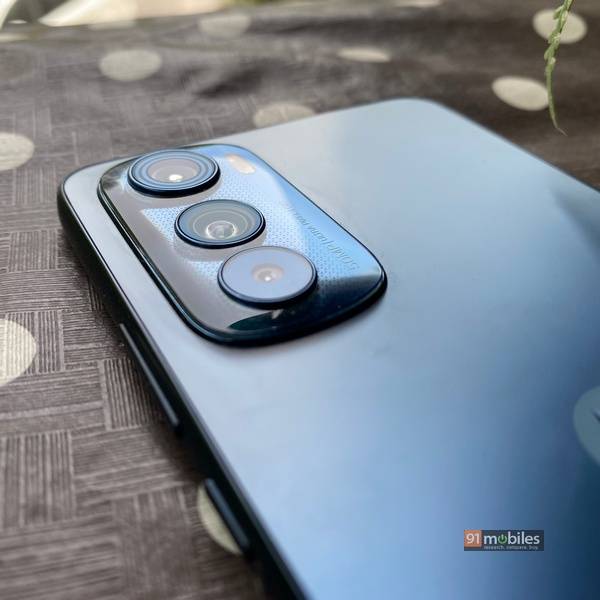
- Fast-moving objects were usually captured in good detail with ample lighting. Dynamic range was also reasonably good, but I have seen better on the likes of the OPPO F21 Pro (review) and Realme 9 Pro+ (review). In fact, if I am to compare shots taken by the Edge 30 to any of the comparable Redmi or Realme phones in the segment, the Edge 30 usually came second best. However, this is purely from the standpoint of a smartphone enthusiast like myself as regular users will hardly spot any differences. In general, the Edge 30 acts as an capable point and shoot camera without the need to tinker around with exposure settings or the like.
- As for the ultra-wide sensor, the 50MP shooter outputs extremely crisp shots while the 114-degree FoV can take in much more of the scene inside a single frame than the primary shooter can. Colour temperatures are slightly on the warmer side and the dynamic range isn’t the best, but other than that I don’t have any complaints about the image quality. The ultra-wide-angle lens also facilitates macro shooting with the obvious benefits of taking an image that has a higher resolution than the standard 2MP sensors on the market. Detailing-wise, it is good… but again I feel that the colours could have been more vivid.
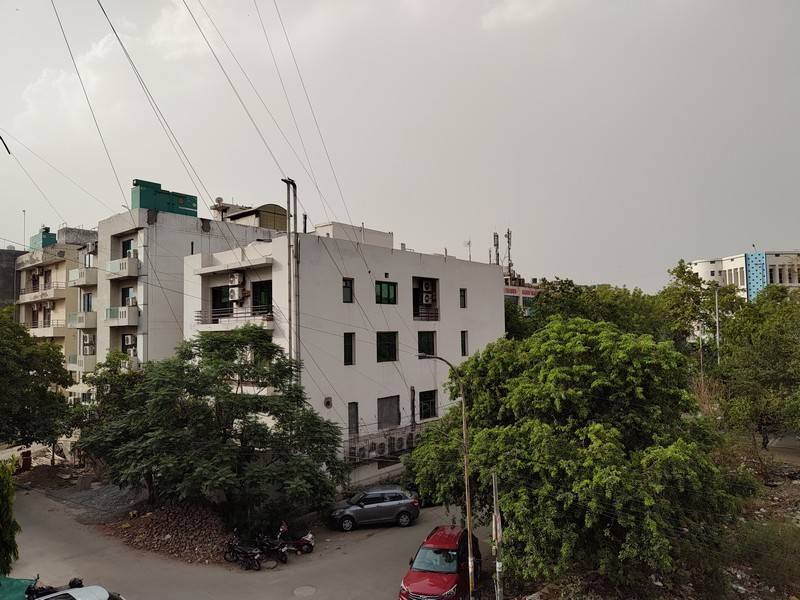
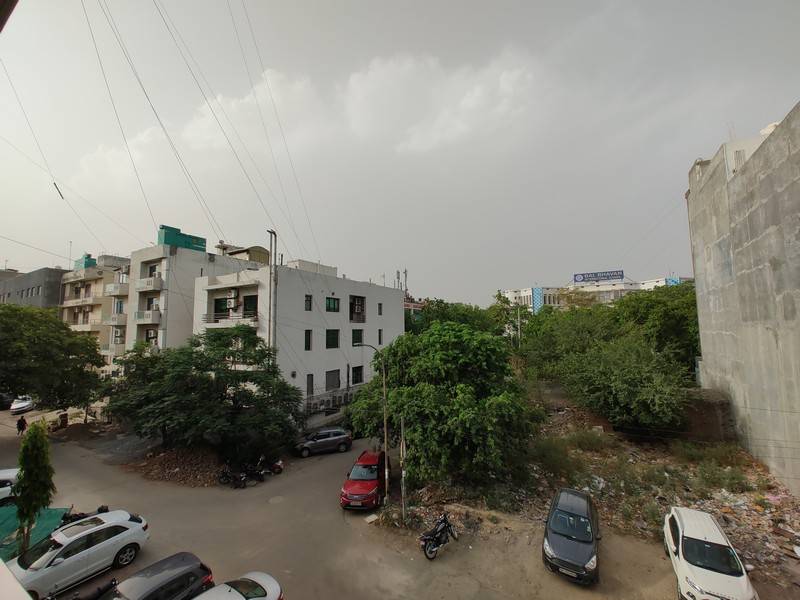
- In terms of Edge 30’s low-light capabilities, the device manages a decent amount of details with acceptable sharpness levels. The colours are below the saturation levels I like but exposure-wise the shots are fine. Improvements are more prominent when using the dedicated Night mode both on the primary and ultra-wide lens. Selfies are also quite good, with matching skin tones that don’t rely on overprocessing of the facial details.
- Performance-wise the Qualcomm Snapdragon 778G+ handled the number crunching on the device. The phone’s rather thin design makes it susceptible to thermal throttling. However, for users who do not demand extreme processing prowess from their devices, the Motorola Edge 30 is a capable everyday smartphone. I put the phone through its paces for tasks like using multiple tabs in Google Chrome, some light photo editing and opening a bunch of social media apps. Not once did I come up short or disappointed.
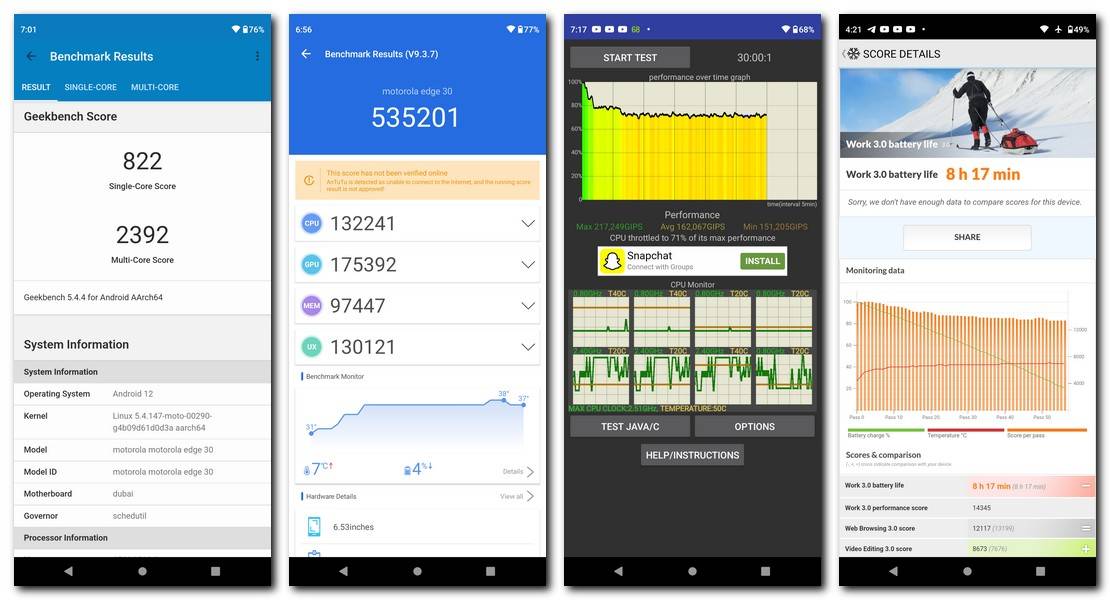
- I also downloaded BGMI on the phone and was able to run the game easily at the Extreme (60fps) frame rate option, but not without facing some heating issues after 20 minutes of gameplay. On the memory front, the Motorola Edge 30 comes with 6GB of LPDDR5 RAM and 128GB of fast UFS 3.1 storage. The Edge 30 doesn’t have the dynamic RAM expansion that a few of its other Chinese counterparts provide at the same price but honestly, I have not seen a lot of use for it.
- The stereo speakers on the Motorola Edge 30 are actually quite nice and have a deep audio that sounds good. There’s no place for a headphone jack on the super-thin chassis, which is a shame but that’s how things are these days. The in-display fingerprint sensor works quite well for the most part although I’m not so impressed with the face recognition capabilities.
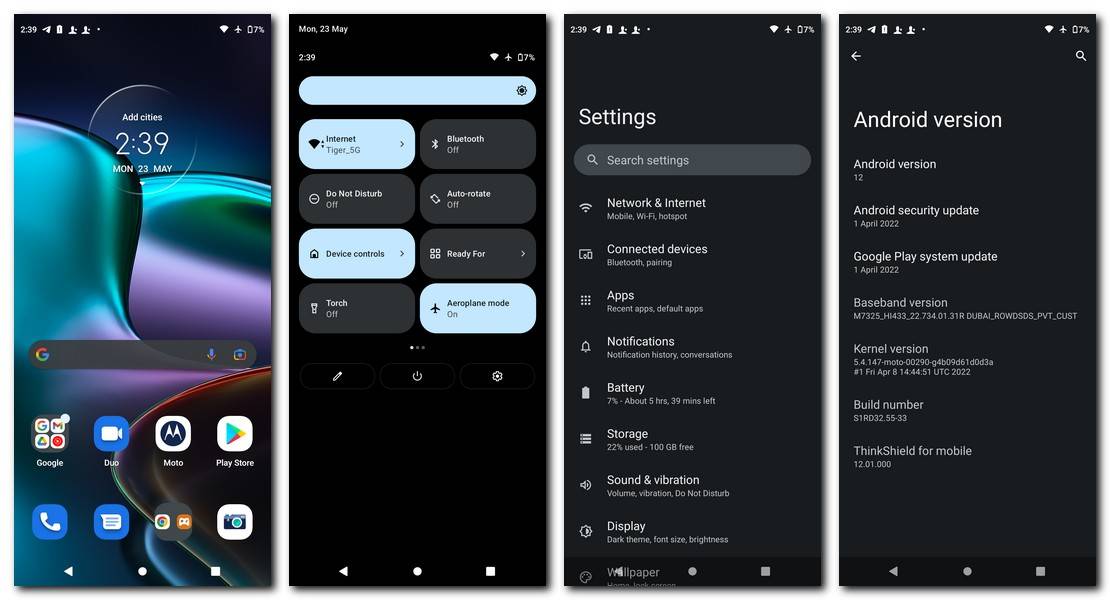
- 5G services should be available on the phone in the near future but for now, the 4G LTE speeds remain optimal for my usage. The Edge 30 runs on a stock Android-like skin based on Android 12. It is clean, minimalistic and easy to use without any over the top customisation capability. You can read more about it in my Moto G60 review for a detailed understanding.
- The battery is a bit of concern on the Moto Edge 30 as the device only gets a 4,020mAh cell inside which can be considered meagre by today’s standards. This is even more evident when running PCMark’s Battery test with the smartphone only managing a score of 8 hours 17 minutes. After moderately heavy usage, involving an hour of gaming and some Netflix usage, I was searching for the charger by the evening. If you want long battery life, the Motorola Edge 30 isn’t for you. There is a 33W charging support, though, which can fully juice up the phone in less than 90 minutes.
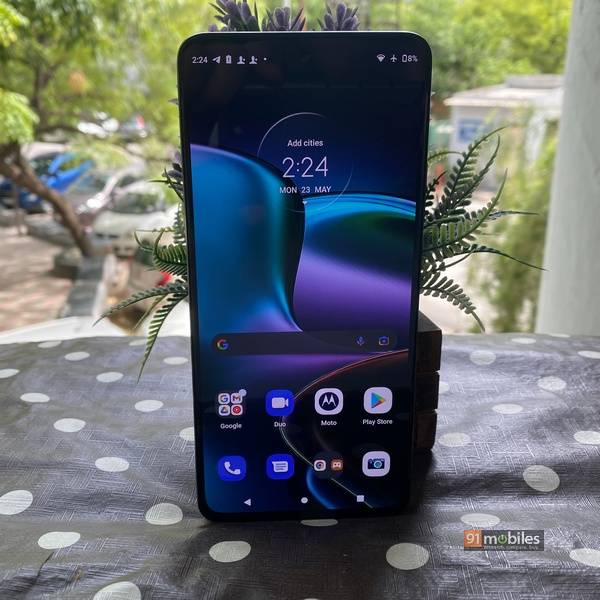
Final verdict
The Motorola Edge 30 is an exquisitely built phone in terms of its overall aesthetics. However, the lack of a bigger battery capacity works to the detriment of the phone. It also doesn’t help that the performance, while fine for normal use, can throttle down due to the extremely thin design when the phone is stressed. On the positive side, its cameras work great in a variety of lighting conditions, the display is fluid and the software is clean as well. If these aspects appeal to you along with the svelte design, the Motorola Edge 30 might just be one of the best choices in the mid-range segment.
Editor’s rating: 3.5 / 5
Pros
- Thin and light design
- Smooth 144Hz pOLED display
- Capable cameras
- Clean software
Cons
- Performance can throttle
- Battery life could be better
 | vs |  |
 | vs |  |


